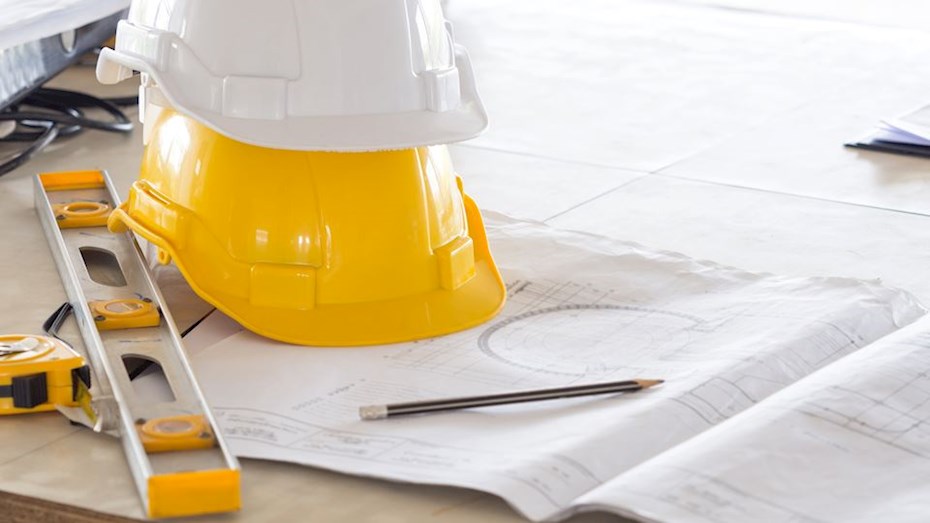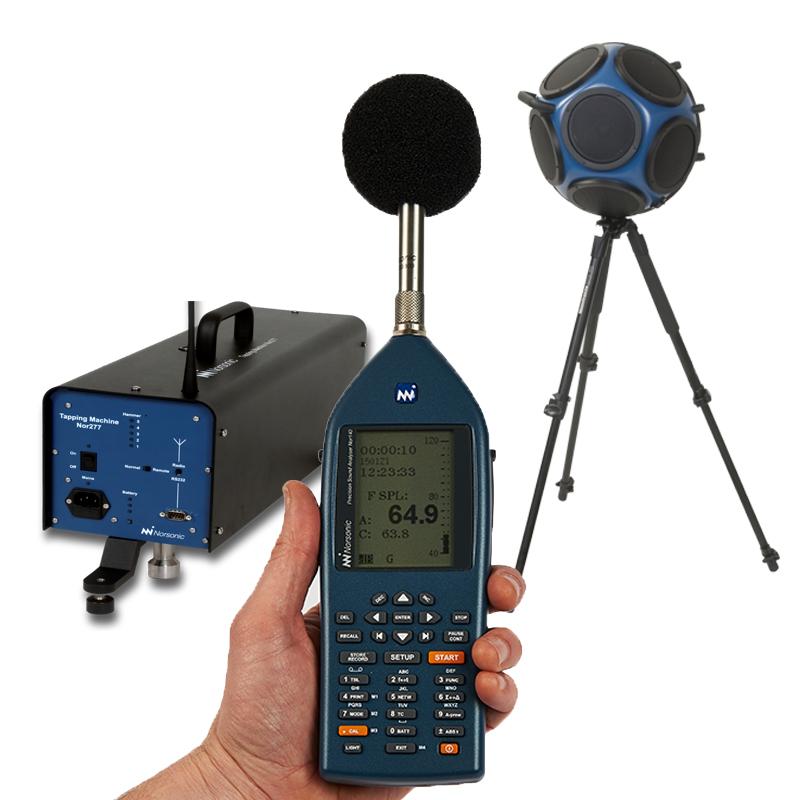
Four Steps to Successful Sound Testing
Four Steps to Successful Sound Testing
New homes are built to high standards; however, acoustics and noise control are important factors requiring careful consideration during design and specification, as well as pre-completion commissioning testing. Why choose APT Sound Testing? We provide full turnkey solution to help our clients achieve Building Regulations Part E compliance. We provide a professional acoustic consultancy service to help developers tackle the key issues. We have carried out thousands of sound insulation tests since 2006 so we have a large amount of experience in regards to Building Regulations Part E compliance.
Our Four Stages Areas of expertise of tackling sound are:
- Acoustic Design
During early design and construction process, we visit site to conduct a comprehensive acoustic design survey and review, we also take this opportunity to meet; where possible, the site/project manager, architects etc. The first stage of the acoustic design is to send through the design drawings – to include sections etc. so APT Sound Testing can review the design to check that the construction details proposed are capable of passing the sound tests. This usually takes place straight after planning has been approved as increased cost savings can be realised at the earliest stage.
APT Sound Testing will evaluate the construction methods and materials specified to ensure that they are capable of meeting the acoustic requirements of Approved document E. The typical areas we check are:
- There are no flanking points, where isolated partitions are wrongly mechanically fixed together to caused noise bridging.
- The walls and floors design are acoustically robust, to comply with Building Regulations Part E.
- The acoustic treatments for Soil Pipes, Stair Cases Steel Beams etc. to ensure they are acoustically fit for purpose, as these are some of the areas that get usually missed.
- Acoustic floor treatments are compatible with the proposed floor finishes i.e. Carpets, Laminates, Floor Tiles and under floor heating systems.
- Ongoing Site Construction
We provide the site team with on-going design support service, so you will have direct contact with the allocated acoustician from the start of the process through to the successful completion of the project. One of the most important services is the going site survey visits which allow our clients to feel confident about the outcome of testing at the end of the build. The site visits let us check that the installation teams are installing the acoustic materials as per manufacturers avoiding crucial onsite mistakes. You can often have a compliant design which still fails due to poor workmanship; the site survey visits negate the risk of sound test failure.
Sound Testing for Part E of Building Regulations has been a mandatory requirement since July 2003. All new build dwellings and conversions which were built after this date require 10% of each party wall/floor construction type to be tested. Sound testing needs to be carried out between pairs of rooms separated by party walls and/or floors. In most cases the rooms to be sound tested will be the two main habitable rooms, i.e. living rooms and bedrooms. The sound test procedure involves setting up a noise source in a room on one side of the party wall or floor and measuring the noise on both sides of the partition.

There are two types of sound insulation testing – airborne and impact. Airborne tests may be required between horizontally and vertically separated pairs of rooms. The sound tests are undertaken by using a sound source, amplifier and loudspeaker to generate a high noise level in one room (the source room). Noise measurements are then taken in both the source and receiver rooms using a prescribed number of source and microphone positions. The background levels in the receiver room are measured and the reverberation time in the receiver room is also measured.
For vertically separated rooms, an Impact sound test may also be required. Impact testing is undertaken using a “tapping machine”, (as above) which drops a series of weights onto the floor of the upper room. The noise level in the lower (receiver) room is measured for a prescribed number of source and microphone locations. The background levels in the receiver room are measured and the reverberation time in the receiver room is also measured.
All APT’s test engineers carry the latest Norsonic equipment, which are class one rating all of our acoustic testing/sound testing is completed to a strict quality controlled standard. We provide full ISO & UKAS complaint sound testing.
- Post Occupancy Sound Testing and Advice
We have carried out sound insulation testing and investigative/diagnostic work can help identify problems, especially if the specific properties of concern were not tested as part of a programme of precompletion testing. We also carry out sound testing and offer acoustic design advice where clients may have not followed the rules of their buildings lease agreements and installed timber floor etc. instead of the usually specified carpet finishes.
If you would like more information in regards to our acoustic design and/or sound insulation testing, please contact us at: info@aptsoundtesting.co.uk or visit our website at: www.aptsoundtesting.co.uk. Alternatively you can call Darren on 07775623464.